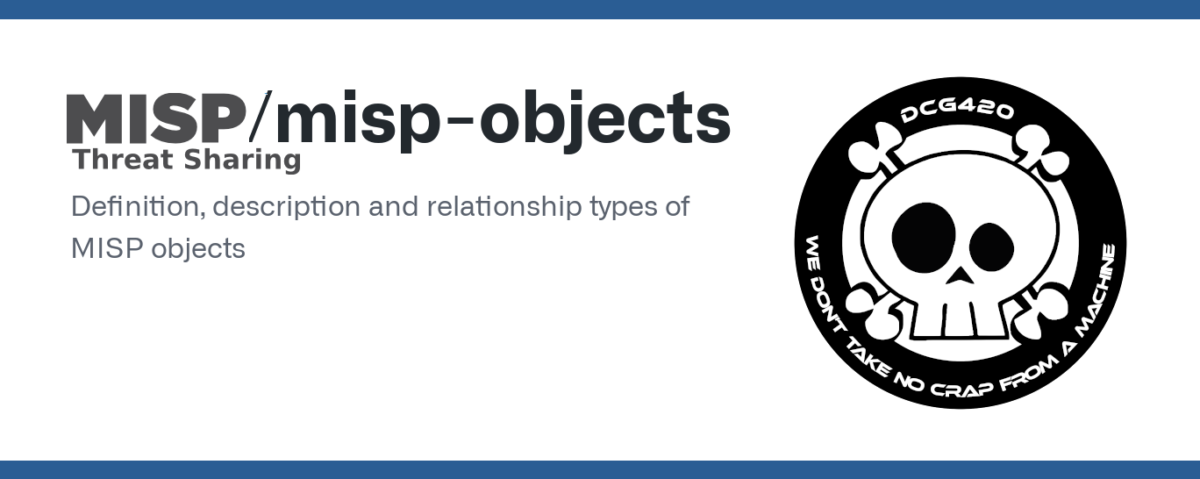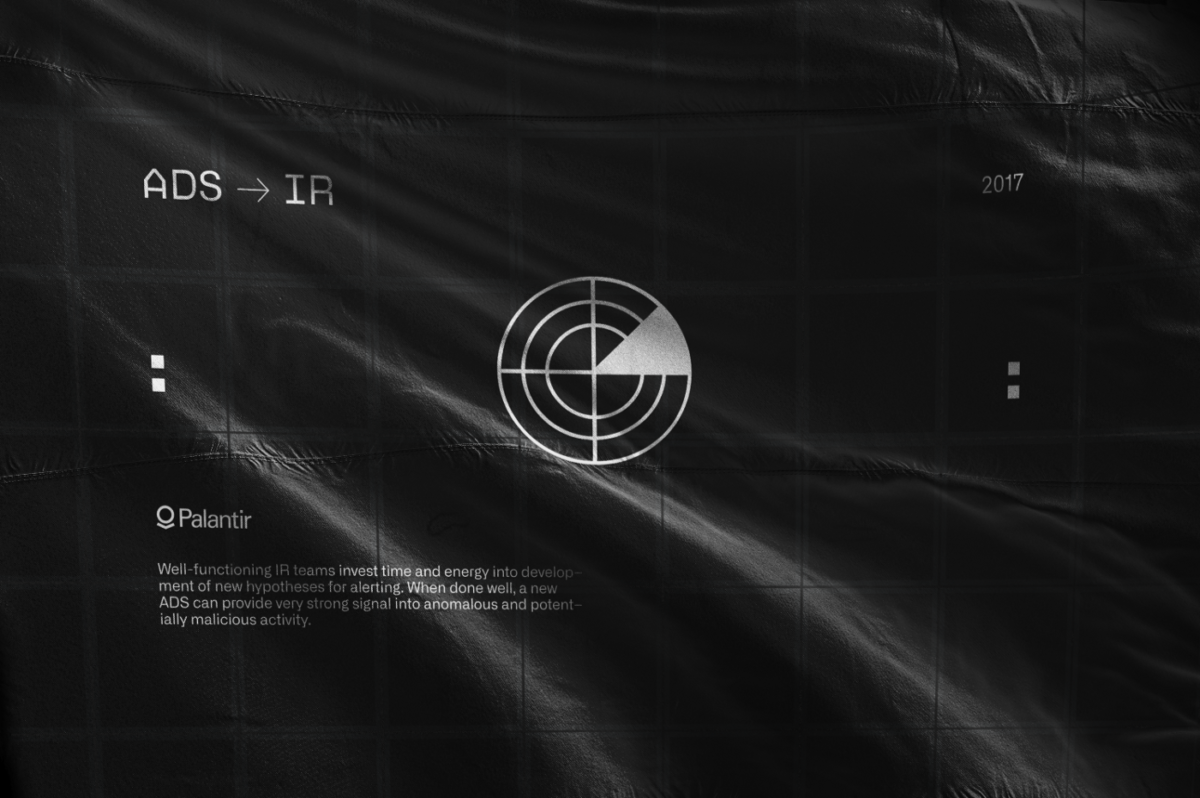The other side (not the dark side) of CTI – our contribution to MISP 2.4.167
All this year we have talked a lot and often about two things. The first is Cyber Threat Intelligence (CTI) and then our main topic, Active Cyber Defense (ACD). Overall, our longstanding dedication to this topic culminated in a presentation by our members at the BlackHat Europe 2022 conference.
Everything that was said there (and there was very little of it) was basically about two open-source platforms – MISP and VECTR.
In our testing of CTI’s capabilities, we encountered several obstacles that did not allow us to continue our activities in a way that would remain transparent and, above all, ensure the sustainability of our data and its preservation. Overall, managing structured data related to CTI is a big challenge for us.
It is for this reason that we have created 3 new objects for the MISP platform to address this issue.
MISP addons by DCG420:
#1 ADS+ object
- The detection rule (SIGMA, Generic rule)
- Active Cyber Defence (ACD) elements use for Blind spots
Read more about our custom ADS framework here.
What it looks like in MISP:

#2 PersNOna object
When creating fake profiles, we often run into the problem of managing them. There is also the problem of managing their connections and activities. Here we have taken inspiration from the Fake PersNOna template by MITRE, which exists only as a pdf template, which is totally inadequate for managing more than one identity.
Therefore, we have created a fake persona definition that can be used both for known fake adversary profiles and as a fake profile manager, for example to monitor social media or profiles required to register on various services.
What it looks like in MISP:

#3 Groups object
This object is inspired by ThaiCERT’s Threat Group Cards project. The Object itself allows to create an adversary profile according to a template. Thus, CTI does not depend only on defined threat groups, for example according to MITRE ATT&CK.
What it looks like in MISP:

Sources:
https://dcg420.org/eng-custom-methodology-for-dem-and-ads-with-acd-elements-use/
https://blog.palantir.com/alerting-and-detection-strategy-framework-52dc33722df2
https://github.com/MISP/misp-objects
https://www.misp-project.org/2022/12/26/MISP.2.4.167.released.html/
https://itk.mitre.org/toolkit-tools/personas/
https://apt.etda.or.th/cgi-bin/aptgroups.cgi

